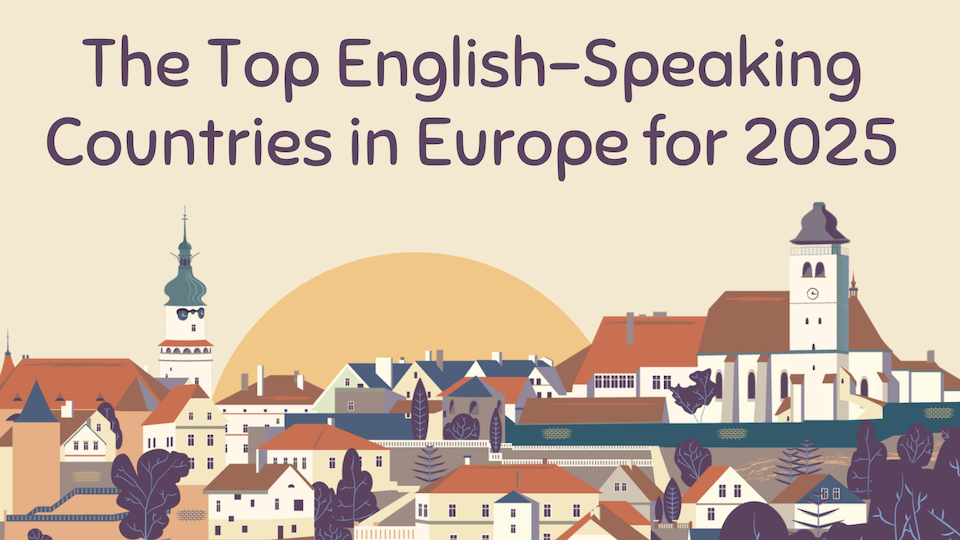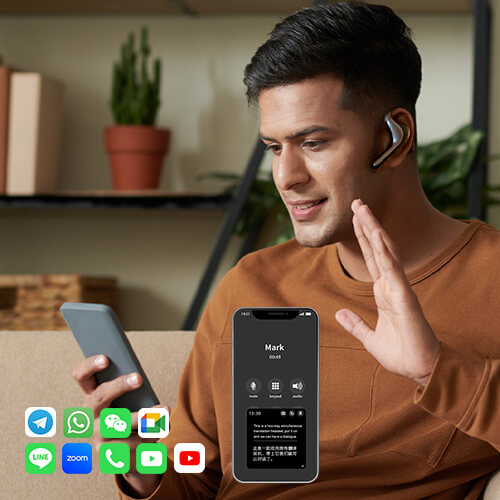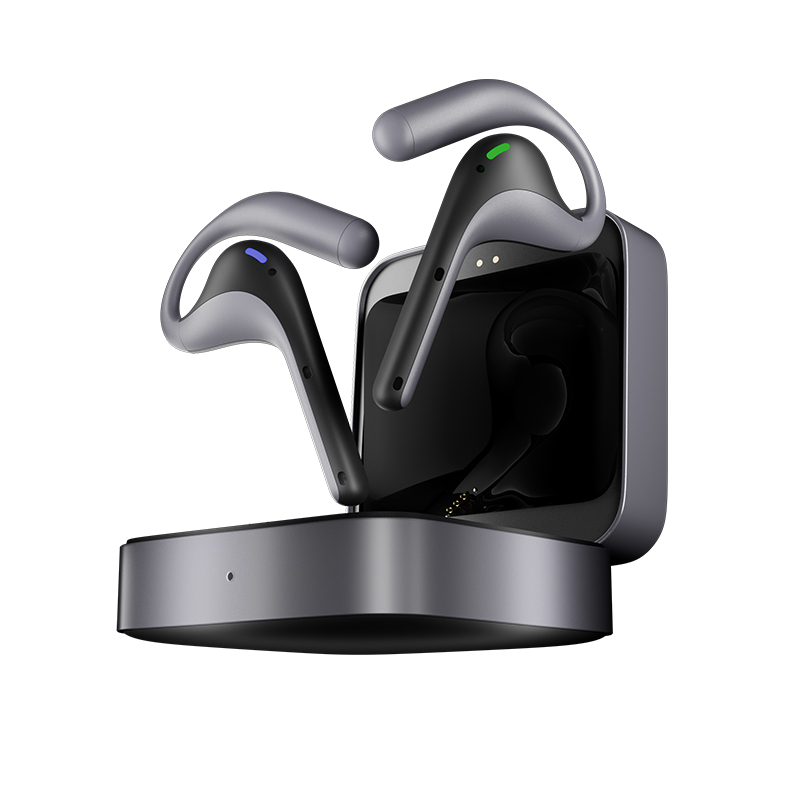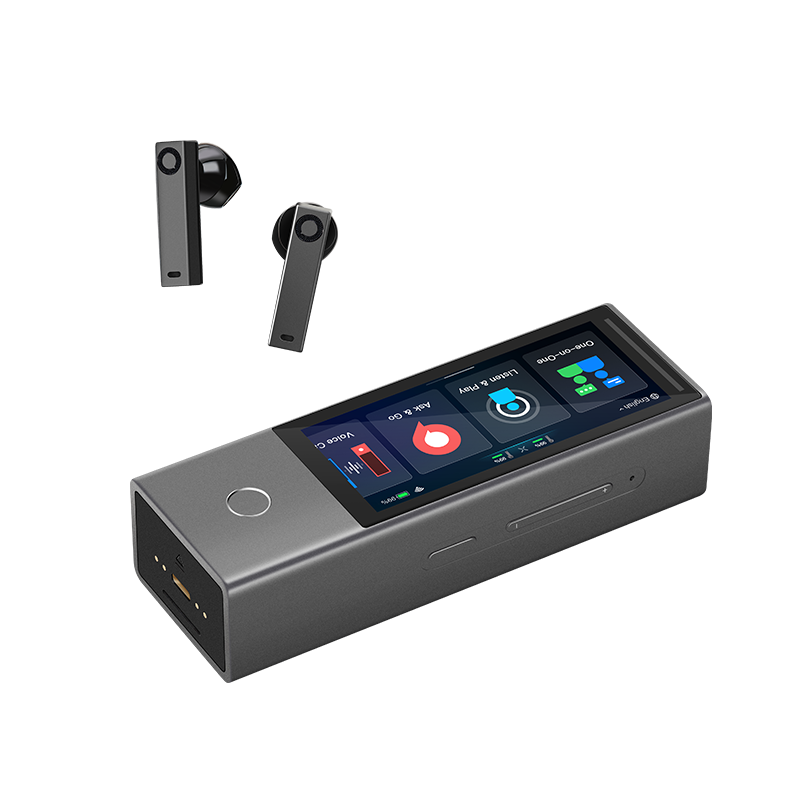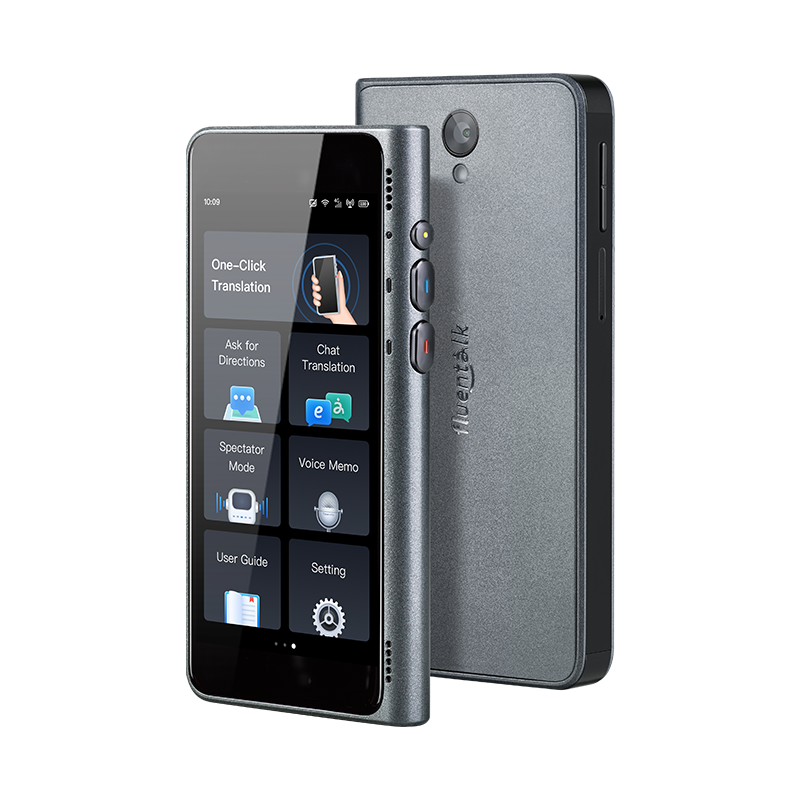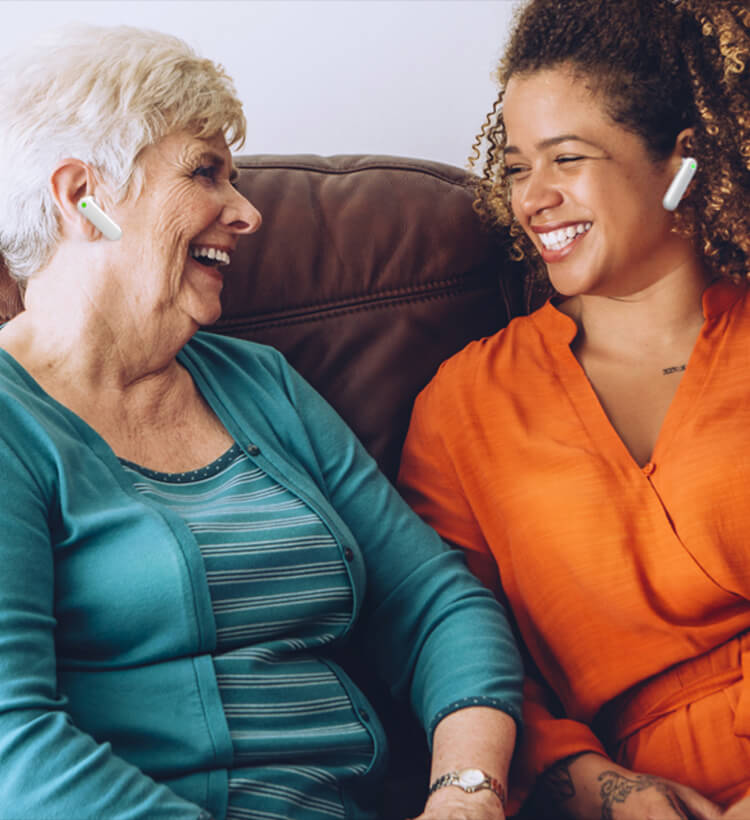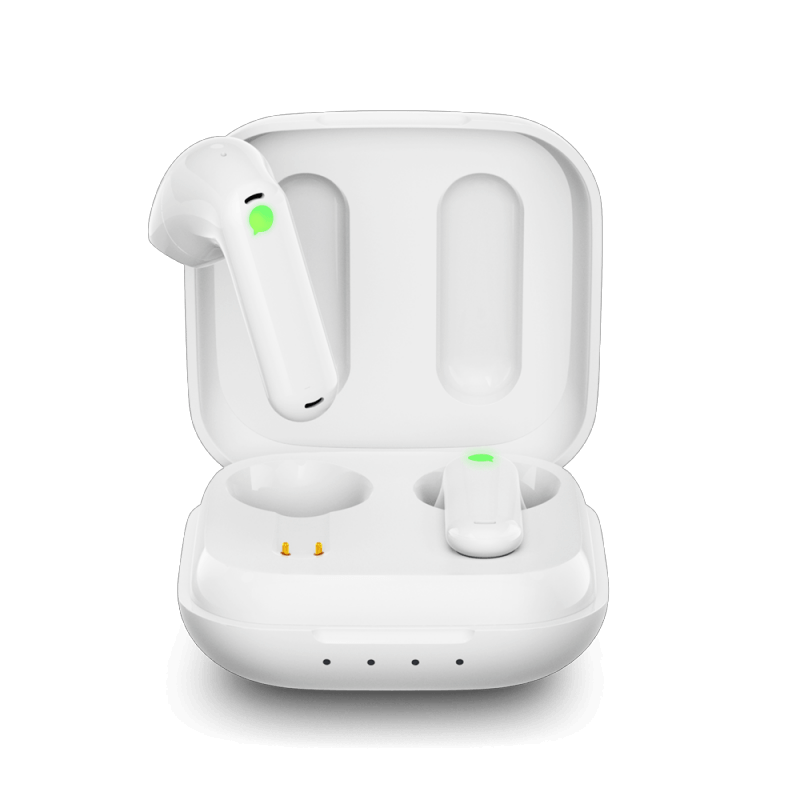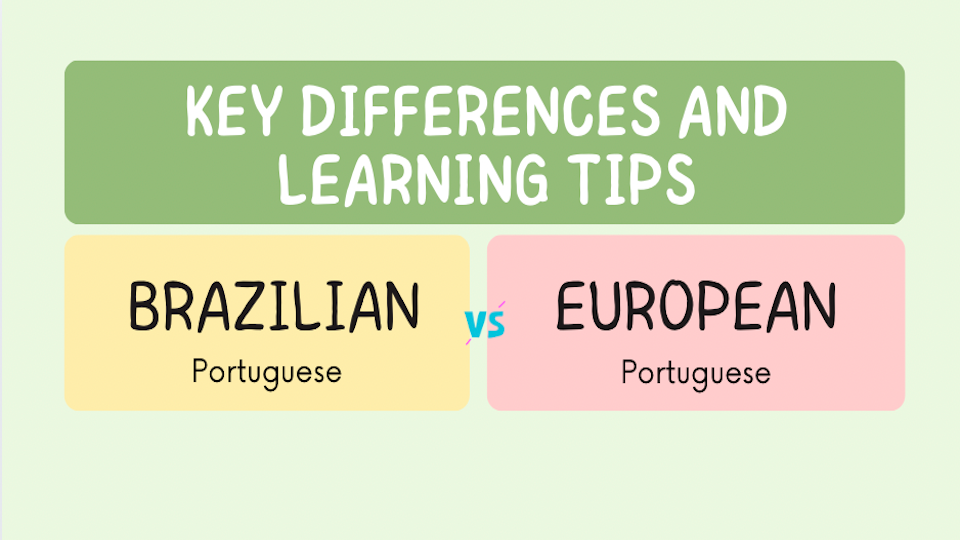
Brazilian vs European Portuguese: Key Differences and Learning Tips
Portuguese is a living language spoken by millions around the world. It has two main forms: Brazilian Portuguese and European Portuguese. Although they share the same roots, they have grown apart over time because of geography, culture and history. This article will explain the main differences between Brazilian and European Portuguese, give you tips to learn them and how language schools and modern tools like translation earbuds can help you master this beautiful language. Whether you’re learning for travel, work or personal growth, understanding these differences will make your journey easier and more fun.
What are Brazilian and European Portuguese?
Portuguese is a pluricentric language, meaning it has multiple standard forms depending on the region. Brazilian Portuguese is spoken in Brazil, European Portuguese is spoken in Portugal and parts of Africa like Angola and Mozambique. Although they come from the same linguistic family, these variants have developed different features over the centuries.
European Portuguese was brought to Brazil during the colonial period in the 1500s. As Brazil became an independent country, its language was influenced by indigenous groups, African communities and immigrants from Italy and Germany. This created Brazilian Portuguese which is different from the European one in sound, words and grammar. Although speakers of one variant can generally understand the other, some words or accents might need clarification.
Key Differences Between Brazilian and European Portuguese

Understanding the differences between these two variants can help you decide which one to learn and prepare you for real-world conversations. Here are five main areas where they differ:
1. Pronunciation Differences
The way words sound is one of the biggest differences. Brazilian Portuguese often has a nasal, open sound, with longer vowel sounds. For example, the letter "t" in Brazilian Portuguese might sound like "ch" in words like "cidade" (city). European Portuguese, on the other hand, has a more guttural tone, and vowels are often shorter. This makes European Portuguese sound sharper to some ears.
2. Vocabulary Variations
Each variant has its own set of words. For example:
- A bus is called "ônibus" in Brazilian Portuguese but "autocarro" in European Portuguese.
- A train is "trem" in Brazil but "comboio" in Portugal.
Brazilian Portuguese includes words borrowed from indigenous and African languages, while European Portuguese often uses terms from other European languages, like French or Spanish. This means you might need to learn different words depending on where you plan to use the language.
3. Pronoun Preferences
In Brazilian Portuguese, "você" is the go-to informal word for "you," while European Portuguese often uses "tu." Some parts of Brazil use "tu" but pair it with verb forms that match "você," which can be confusing. Both variants use formal pronouns like "o senhor" (sir) or "a senhora" (madam) in polite settings.
4. Verb Forms and Tenses
Brazilian Portuguese loves gerunds, which are verbs ending in "-ndo" (like "reading" in English). For example, "I’m reading a book" in Brazilian Portuguese is "Estou lendo um livro." European Portuguese often uses a different structure, like "Estou a ler um livro," with the preposition "a" and an infinitive verb. This small difference can change the feel of a sentence.
5. Intonation and Rhythm
Brazilian Portuguese has a melodic, sing-song quality because speakers use a wider range of pitch and open their mouths more. European Portuguese tends to sound flatter, with less variation in pitch except on stressed syllables. Questions in European Portuguese often end with a rising tone, while Brazilian Portuguese might sound more fluid.
Brazilian Portuguese vs European Portuguese Comparison Chart
| Aspect | Brazilian Portuguese | European Portuguese |
|---|---|---|
| Pronunciation | More open and nasal sounds; vowels are longer. "t" often sounds like "ch" (cidade → [si-DAH-chi]). | Shorter vowels, sharper and guttural tone. "t" is crisp (cidade → [si-DAH-de]). |
| Vocabulary | Uses "ônibus" (bus), "trem" (train); influenced by indigenous & African words. | Uses "autocarro" (bus), "comboio" (train); more influence from other European langs. |
| Pronouns | Commonly uses você for "you"; "tu" in some regions but often with você verb forms. | Commonly uses tu for "you"; more distinction between formal and informal usage. |
| Grammar | Frequent use of gerunds: "Estou lendo um livro" (I’m reading a book). | Uses "a + infinitive": "Estou a ler um livro" (I’m reading a book). |
| Intonation | Melodic, sing-song quality; wide pitch range, fluid rhythm. | Flatter tone, clipped rhythm; rising pitch often marks questions. |
Why Portuguese Is a Pluricentric Language
A pluricentric language has multiple standard versions that are used in different regions. Portuguese fits this description because Brazilian and European Portuguese have their own grammar, vocabulary, and pronunciation rules. Within each variant, there are also regional differences.
In Brazil, the Portuguese spoken in the Northeast sounds different from the accents in São Paulo or Rio de Janeiro. Northeasterners might use unique slang or have a distinct rhythm. In Portugal, northern accents are more clipped, while southern ones, like those in the Algarve, sound more drawn-out. These regional variations make Portuguese a dynamic language that reflects the culture and history of its speakers.
To learn Portuguese effectively, it helps to explore these regional differences. Listening to music, watching movies, or talking with native speakers from different areas can give you a fuller picture of the language.
How to Learn Portuguese Effectively
Learning Portuguese can be an exciting journey, and there are many ways to make it easier. Here are some practical tips:
1. Enroll in a Language School
Language schools offer structured programs that teach both Brazilian and European Portuguese. Many provide immersive experiences where you practice speaking, listening, and writing with native speakers. These programs often include cultural activities, like cooking classes or music lessons, to deepen your connection to the language. Look for schools with teachers from different Portuguese-speaking regions to get exposure to various accents and styles.
2. Use Translation Tools
Modern technology, like translation earbuds, can help you learn and communicate. These devices translate speech in real-time, making it easier to understand native speakers or practice conversations. They’re especially useful for travelers or beginners who want to build confidence before diving into full immersion.
3. Practice with Authentic Materials
Watch Brazilian soap operas, Portuguese news, or listen to music like Brazilian samba or Portuguese fado. These resources expose you to real-world language use, including slang and regional expressions. Apps and websites with Portuguese podcasts or videos can also help you practice listening skills.
4. Speak as Much as Possible
The best way to learn is by speaking. Join language meetups, find a language partner online, or practice with friends who speak Portuguese. Even making mistakes is part of the process—it helps you improve faster.
Choosing Between Brazilian and European Portuguese
Deciding which variant to learn depends on your goals:
- Career: If you want to work in Brazil or with Brazilian companies, focus on Brazilian Portuguese. Brazil’s large population and economy make it a key player in global business. For jobs in Portugal or African countries like Angola, European Portuguese is more relevant.
- Travel: Planning a trip to Rio or the Amazon? Brazilian Portuguese will help you connect with locals. If you’re exploring Lisbon or the Azores, European Portuguese is the way to go.
- Personal Interests: Love Brazilian music or Portuguese literature? Choose the variant that matches your passions. If you have family or friends who speak one version, learning that variant can strengthen your relationships.
No matter which you choose, learning one variant will give you a strong foundation to understand the other with some practice.
FAQs About Brazilian and European Portuguese
Which is easier to learn?
There’s no clear answer—it depends on you. Some find Brazilian Portuguese’s pronunciation trickier, while others struggle with European Portuguese’s grammar. Try both and see which feels more comfortable.
Can I understand both Brazilian and European Portuguese if I learn one?
Yes! If you learn one variant well, you’ll understand the other, though some words or accents might take time to get used to. Practice makes it easier.
Brazilian Vs. European Portuguese, which is more widely spoken?
Brazilian Portuguese has over 200 million speakers, while European Portuguese has about 10 million. Both are important, depending on where you’ll use the language.
Should I mix the two variants?
It’s best to stick to one variant for clarity. Mixing them might confuse native speakers, especially in formal or professional settings.
Conclusion
Brazilian and European Portuguese are two vibrant branches of the same language, each with its own flavor and charm. By understanding their differences in pronunciation, vocabulary, and grammar, you can choose the variant that best fits your goals—whether for travel, work, or personal growth. Language schools, translation tools like earbuds, and authentic materials can make learning easier and more fun. Start your Portuguese journey today, and you’ll open the door to a world of rich cultures and new connections.







